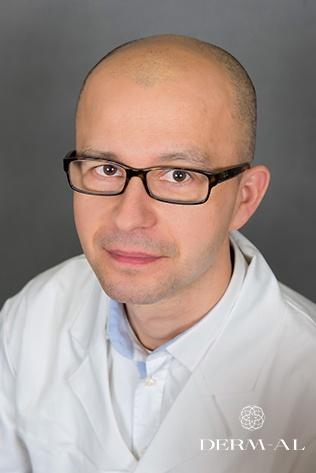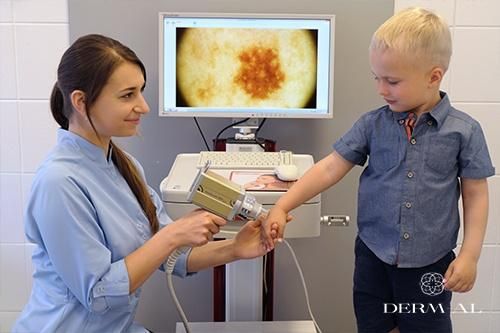Laser or surgical treatment of snoring and sleep apnea
- Description of the treatment
-
At the Derm-Al Centre, snoring treatment is performed by a laryngology specialist by means of CO2 laser or radiosurgery.
If the reason for snoring is slackness of palate muscles, airway obstruction or enlarged uvula or palatine tonsil, these may be removed by relevant treatment.
Laser treatment and radiosurgery are alternative options to traditional surgery. They are less invasive than traditional surgery and do not require hospitalisation, and cause less bleeding and pain, no stitches are needed and convalescence is much faster. In these methods, laser beam or electrode emitting radio waves is applied to the soft tissue in the throat and nose that is responsible for snoring. Usually, the purpose is to stop the vibration of palatal tissue by stiffening the palate or to remove airway obstruction or reduce the tonsils. Compared to the laser, radio waves cause less damage to the area surrounding the spot that is subject to treatment, which reduces the risk of complications and the time of healing. However, it is up to the consulting physician to decide which of the methods will be the most appropriate. The physician chooses the procedure that will yield the desired effect. Sometimes, it is enough to stiffen the palate to do away with snoring.
Snoring is a problem not only if you share the bedroom with someone. If you do not sleep well at night, you might be suffering from apnea. Lack of deep sleep causes sleepiness during the day, reduced concentration, headaches and irritability. Breathing disorders are bad and even dangerous for your health.
Apnea is caused by the blocking of the upper respiratory tract and it may lead to brain, heart, kidney and liver hypoxia. It can also cause circulatory system disorders, e.g. heart rate disorders, hypertension and reduced potency.
How does snoring treatment work:
The treatment is performed by a laryngology specialist in surgery, in local anaesthesia (similar to dental anaesthesia). It involves applying a proper electrode or laser beams to spots responsible for snoring. The procedure may take 30 to 60 minutes.Before the treatment, it is necessary to consult the laryngologist who will be performing cryptolysis. Consultation is also required if a patient has a referral for the treatment from another physician.
-






